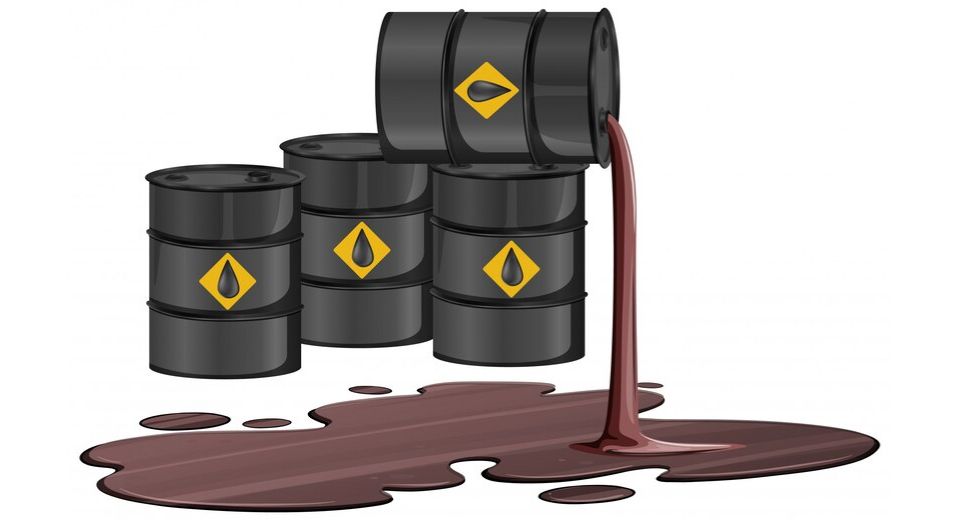
Nov 18, 2024

There is increasing interest in this sector of the oil and gas biocides market concerning the sector as a result of increased complexity in extraction, refinement, and storage processes, each one of which is prone to microbial contamination. The dynamics presented by Metastat Insight in conducting research and analysis in the Global Oil and Gas Biocides Market reveal the various applications and innovations put into biocide technology, which is gaining importance through diverse stages of oil and gas production. The influence of biocides is tremendous especially in that unique bacterial and fungal threats exist in extreme environments, found both within an oil well, pipeline, or in storage facilities. Such microbes can lead to corrosion, biofouling, and deteriorating fuel quality; hence, their existence makes biocides a must for maintaining the integrity of equipment as well as plant efficiency and safety. In an industry where even the slightest disturbance can cause enormous losses, biocides have emerged as absolutely necessary in fighting microbial threats and maintenance of production stability and safety.
It is in accordance with the actual needs of energy production as well as support towards sustainability with regard to the reduction of potential impact on the environment. Instead of using chemical-intensive treatments aimed at inhibiting microbial growth, biocide formulations have already begun to be developed using more modern orientations that integrate targeted potentialities with efforts directed towards eco-friendliness. Modern formulations have enabled them to be less invasive while maximizing protection against a wide range of microbial species. The balance of potential and environmental friendliness in biocides has led to greater levels of acceptance and usage of them, especially in areas that were known to be sensitive to chemical discharge.
Offshore and onshore facilities rely significantly on biocides in managing microbes, as the contamination by said microbes is known to produce severe consequences. For instance, saltwater and anaerobic conditions in offshore drilling create an ideal environment for sulfate-reducing bacteria that produce hydrogen sulfide—a corrosive gas known to damage pipelines and health of workers. Onshore, microbial growth is known to cause problems with water injection systems, build-up of pipes, and a reduction in the effectiveness of enhanced oil recovery processes. Biocides are specifically designed to these particular applications with the formulation that effectively controls microbial populations in both brackish and freshwater environments. This multifaceted capability of biocides has driven their demand, as more companies seek dependable solutions to address microbial risks in various extraction environments.
Product innovation and diversification is one of the primary trends in the Global Oil and Gas Biocides Market. As producers realize the limitations of broad-spectrum biocides, they are investing in research that develops highly specific agents that target only harmful microorganisms, thereby reducing the potential impacts on surrounding ecosystems. This trend is particularly reflected in the use of "green" biocides that meet regulatory standards while maintaining strong antimicrobial activity. Such findings from Metastat Insight would go to indicate that, in turn, industry players would be adopting a multifaceted approach whereby they are using these newer, more eco-friendly solutions hand in hand with the more conventional ones so that there is a balance achieved. This strategy would thus meet operational needs and fit into global environmental objectives for a more sustainable approach to biocides usage in oil and gas production.
Effectiveness in using biocides also depends upon the advance made in such technology that monitors the microbial activity. Innovations in real-time monitoring and diagnostics serve to apply biocides strategically by companies, adjusting treatment levels to respond to specific current microbial threats. Such an adaptive strategy has proved quite effective to prolong pipeline and storage tank life-operations that are otherwise very costly to maintain. That being said, predictive maintenance has become one of the primary means for companies to decide when biocides need to be applied. The data coming out of these monitoring systems will predict beforehand an issue may arise with microorganisms, thereby allowing operators to minimize downtime, enhance safety, and reduce long-term costs-again, all key factors for an industry like oil and gas.
Let's take a gander at the regional distribution of biocide demand to see the macro-scale effect. Biocides will be the primary market driver in North America due to shale oil and gas operations here. Hydraulic fracturing processes require efficient control of microorganisms. The demand for biocides in Europe is high, attributed to stringent safety and sustainability standards, which contrasts with very strict environmental regulations prevalent there. Increasing oil and gas projects have also cropped up in the Asian-Pacific and Latin American economies, thus increasing the demand for biocides, which should be resistant to the varied climatic conditions and microbial environments. Increasing oil and gas around the globe stresses how flexible and scalable solutions in the field of biocide applications are. Companies are turning towards treatments not only answering local stringent criteria but also to much higher standards of international criteria.
This shifting horizon over which the Global Oil and Gas Biocides Market is to be considered by Metastat Insight represents an important crossroad for operational requirements and environmental stewardship. In a field where microbial threats can easily translate into expensive inefficiencies, biocides can be seen as important safeguards that encourage productivity and sustainability at the same time. Biocide formulations continue to evolve for efficiency and environmental respect: an ever-increasing focus on oil and gas production. This careful balancing act—the clash of microbial risks against ecological limits is illustrative of the responsiveness of the market to simultaneous requirements. Market need, in this case, by industry, but also more widely, that by society, is clearly demonstrated. With an ongoing commitment to innovation and safety, the future of biocides in the oil and gas industry holds promising potential to support both economic and ecological goals.
Drop us an email at:
Call us on:
+1 214 613 5758
+91 73850 57479